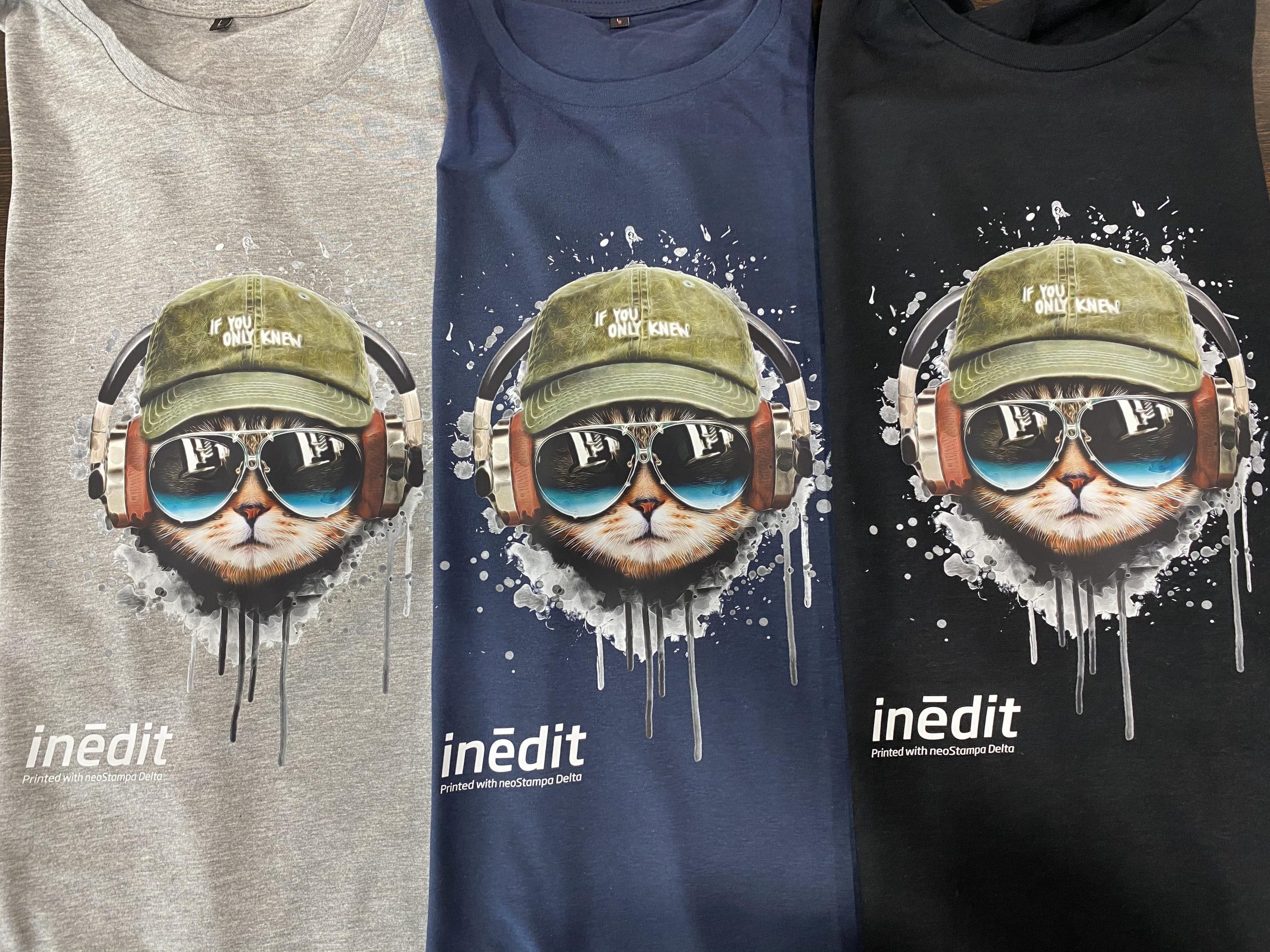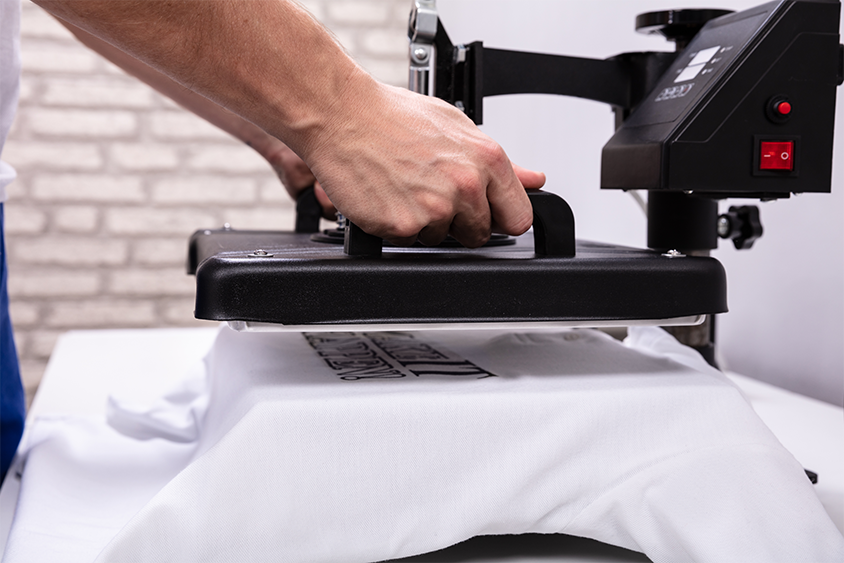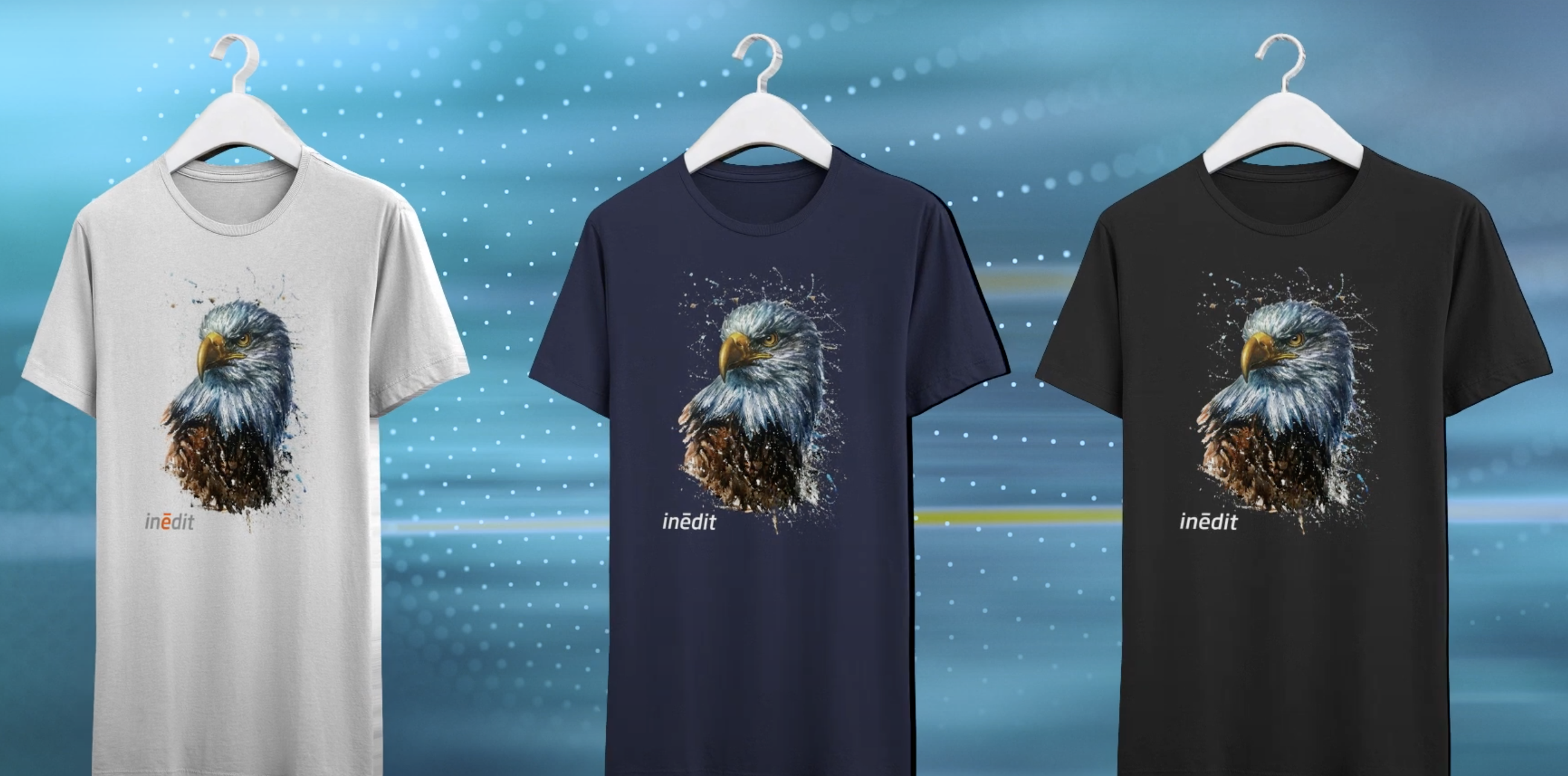DTF vs DTG: Which is the best alternative?
The pandemic has prompted the small studios focused on Print-on-demand production and with it, DTG and DTF printing have hit the market, increasing the interest of manufacturers who want to start working with personalized garments.
Since now, Direct-to-garment (DTG) has been the main method used for t-shirt printings and small productions, but in the last months Direct-to-film or Film-to-Garment (DTF) has generated interest in the industry, winning every time more supporters. To understand this paradigm shift, we need to know what the differences are between one method and the other.
Both types of printing are suitable for small items or personalisation, such as T-shirts or masks. However, the results and the printing process are different in both cases, so it can be difficult to decide which one to choose for a business.
DTG:
- It needs pre-treatment: In the case of DTG, the process starts with the pre-treatment of the garments. This step is necessary before printing, as we are going to work directly on the fabric and this will allow the ink to be well fixed and avoid transferring it through the fabric. In addition, we will need to heat the garment before printing to activate this treatment.
- Printing direct to garment: With DTG you are printing Direct to Garment, so the process can be shorter than DTF, you don’t need to transfer.
- White ink usage: We have the option of putting a white mask as a base, to ensure that the ink does not mix with the colour of the media, although this is not always necessary (for example on white bases) and it is also possible to reduce the use of this mask, putting white only in some areas.
- Printing on cotton: With this type of printing we can only print on cotton garments.
- Final press: To fix the ink, we must do a final press at the end of the process and we will have our garment ready.
DTF:
- No need for pre-treatment: In DTF printing, as it is pre-printed on a film, which will have to be transferred, there is no need to pre-treat the fabric.
- Printing on film: In DTF we print on film and then the design must be transferred to the fabric. This can make the process a bit longer compared to DTG.
- Adhesive powder: This type of printing will require the use of an adhesive powder, which will be used just after printing the ink on the film. On printers specifically created for DTF this step is included in the printer itself, so you avoid any manual steps.
- Use of white ink: In this case, it is necessary to use a layer of white ink, which is placed on top of the color layer. This is the one that is transferred onto the fabric and serves as a base for the main colours of the design.
- Any type of fabric: One of the advantages of DTF is that it allows you to work with any type of fabric, not just cotton.
- Transfer from film to fabric: The last step of the process is to take the printed film and transfer it to the fabric with a press.
So, When deciding which print to choose, what considerations should we take into account?
- The material of our printouts: As mentioned above, DTG can only be printed on cotton, whereas DTF can be printed on many other materials.
- The production volume: Currently, DTG machines are much more versatile and allow for larger and faster production than DTF. So it is important to be clear about the production needs of each business.
- The result: The final result of one print and the other is quite different. While in DTG the drawing and the inks are integrated with the fabric and the feel is rougher, like the base itself, in DTF the fixing powder makes it feel plastic, shinier, and less integrated with the fabric. However, this also gives a feeling of greater quality in the colors, as they are pure, the base color does not intervene.
- Use of white: A priori, both techniques need quite a lot of white ink to print, but with the use of a good Rip Software, it is possible to control the layer of white that is applied in DTG, depending on the base colour and thus reduce costs considerably. For example, neoStampa has a special print mode for DTG that not only allows you a quick calibration to improve the colours, but you can also choose the amount of white ink to use on different types of fabrics.
In a nutshell, DTF printing seems to be gaining ground over DTG, but in reality, they have very different applications and uses. For small-scale printing, where you are looking for good color results and you don’t want to make such a large investment, DTF may be more suitable. But the DTG now has more versatile printing machines, with different plates and processes, which allow faster and more flexible printing.



